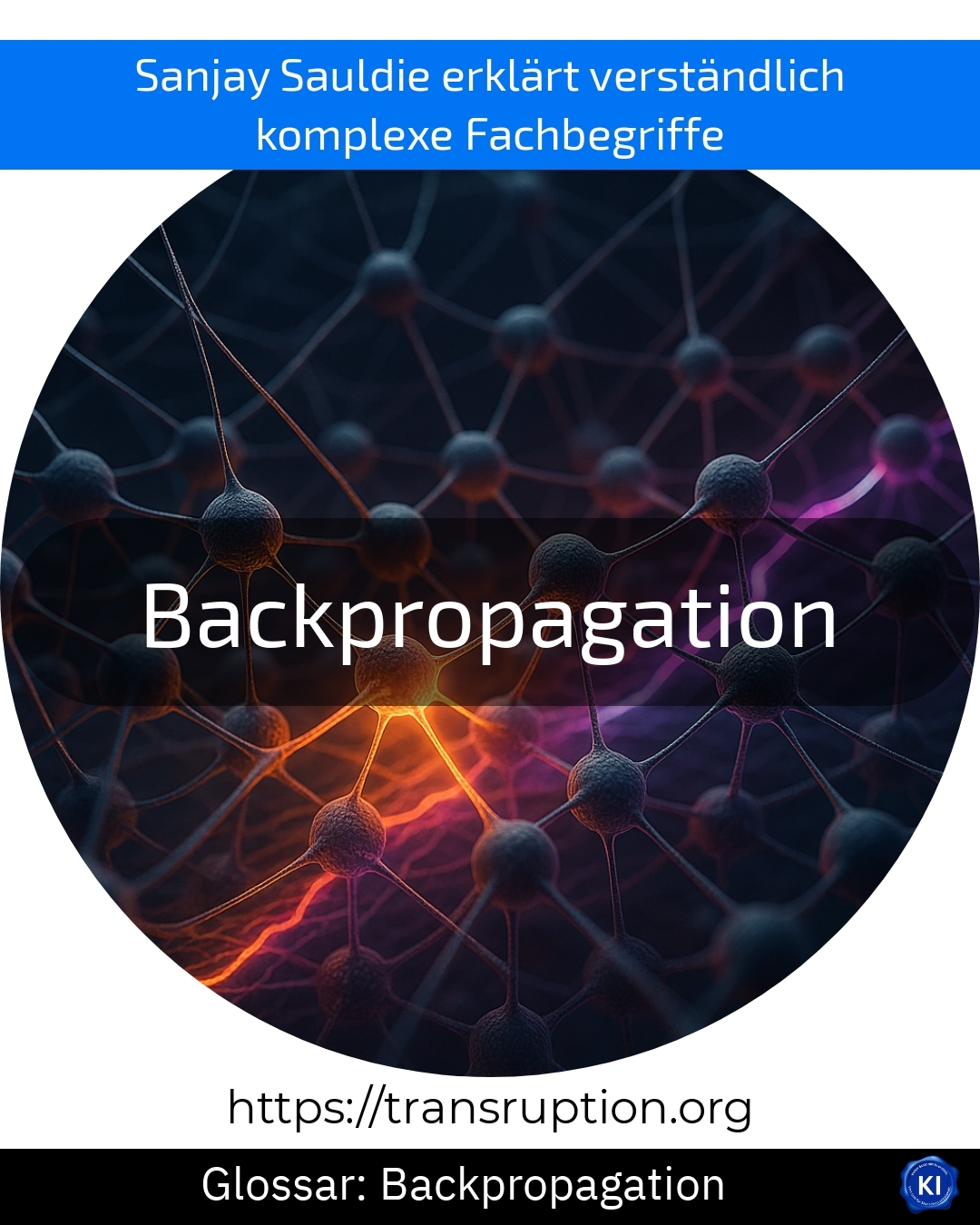Backpropagation is a fundamental concept of artificial intelligence and is often used in the field of big data, smart data and digital transformation. It is a method by which artificial neural networks "learn", i.e. improve their results step by step.
Imagine that an intelligent system is supposed to recognise whether a dog or a cat is depicted in photos. Initially, the system makes a lot of mistakes because it does not yet know what a dog or cat looks like. With backpropagation, the system can check how far off the mark it was after each attempt and adjust the internal settings (its "controllers", so to speak) so that it can make a better decision the next time.
Backpropagation therefore works like a learning process: when an error is recognised, the system traces back to the point in the system where the error occurred and makes adjustments there. This is repeated many times with many examples so that the system gets better and better.
This learning method is the key to making today's AI applications such as speech recognition, image recognition and automatic translations work at all. Backpropagation ensures that intelligent systems learn from their mistakes.















